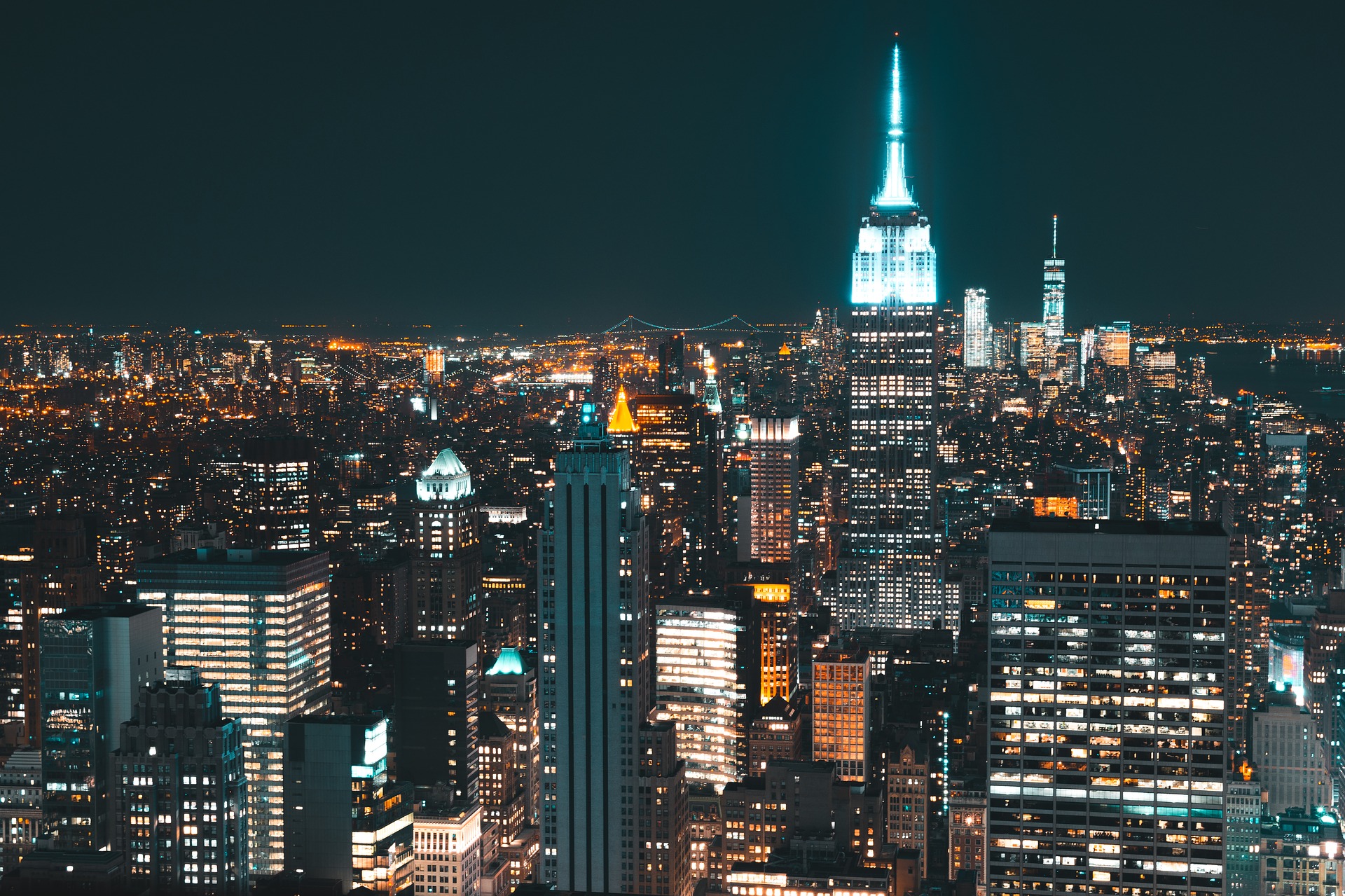In a recent blog post, we covered the NYC Climate Mobilization Act (Local Laws 97, 96, 95, 94, 93, 92), placing the primary focus on Local Law 97 (LL 97). Today we want to dive a little deeper on LL 97 and the reduction of NYC building emissions. We’ll look back at the progress made in 2019—an important year for NYC building emissions—and also look forward to potential further progress in 2020 and beyond.
Greenhouse gas (GHG) emissions from buildings account for nearly 70% of all NYC greenhouse gas emissions. Indeed, it’s fair to say that GHG emissions from buildings account for a significant percentage of carbon emissions across the entire United States and around the world, especially in larger, energy-intensive cities like New York. With this in mind, tackling building emissions and making NYC buildings more efficient has to be a priority moving forward.
What is Local Law 97?
One of the biggest steps taken toward reducing NYC building emissions is Local Law 97. LL 97 arrived alongside a host of other laws (LLs 96, 95, 94, 93, 92), as part of the New York City Climate Mobilization Act (CMA). The CMA was enacted just last year, on May 19, 2019, marking a huge step toward the reduction of greenhouse gas emissions in the city.
The law applies to buildings bigger than 25,000 square feet—a figure covering roughly 50,000 buildings, and almost 60% of all square footage in New York City. These numbers, coupled with the 70% GHG emissions figure, really highlight the scale of LL 97 and its potential impact on the city. The strict GHG emissions limits outlined as part of LL 97 will come into effect in 2024, allowing property owners time to prepare.
In the past, the city approached the issues of building emissions quite tentatively, providing building owners with information about their emissions and suggested actions for improving their energy efficiency. Now, with the Climate Mobilization Act, and Local Law 97 in particular, they have taken a tougher approach, one which requires building owners to take responsibility for their emissions or face sanctions.
Of course, expecting to resolve such a large, complicated issue overnight would be completely unrealistic, so LL 97 is structured with the future in mind. The law has been divided into two initial compliance periods for the reduction of building emissions, and the Department of Buildings (DOB) has been given until January 2023 to establish further compliance periods beyond the initial benchmarks. The first two compliance periods are:
- 2024-2029: Affecting 20% of buildings covered by LL 97.
- 2030-2034: Affecting 75% of buildings covered by LL 97.
3 Key Components of Local Law 97
There are three main factors comprising Local Law 97 which will play a huge role in the reduction of New York City building emissions in the coming years.
- Emissions Penalties: The law comes into effect in 2024 and, as noted above, is applicable to buildings over 25,000 square feet in size. Any building expected to comply with LL 97 will face strict financial penalties if they fail to meet carbon emissions limits.
- Trading Systems: Another aspect of LL 97 involves the implementation of an emissions trading system for applicable buildings. NYC intends to develop and outline this system by 2021, with pricing mechanisms and credit verification taken into account.
- Renewable Energy Credits (RECs): Buildings will also have the option of purchasing RECs in order to deduct up to 10% of their emissions. These RECs must be generated by or deliverable into the New York City electric grid.
Are All Types Of Buildings Treated The Same?
Local Law 97 covers a huge range of New York City buildings and, inevitably, there is a need to treat certain buildings differently under such broad legislation. With this in mind, alternative requirements have been outlined for some sectors.
The following types of buildings will be allowed a choice—comply with LL 97 emissions limits from 2024 onwards, or implement alternative prescribed energy efficiency measures:
- Rent-regulated housing
- Specific elderly/low-income housing
- Places of public worship
Should these buildings opt for the second option—alternative energy efficiency measures—they will be required to implement changes such as:
- Installation of temperature controls for heating systems
- Insulation of heating/hot water pipes
- Repair of heating system leaks
Additionally, it’s important to note that the implementation of these measures would not trigger a rent increase under New York’s Rent Stabilization Law. This law includes the provision that landlords are permitted to raise rents for ‘major capital improvements’ on a property. These major capital improvements often include energy efficiency measures. However, under LL 97, the prescribed energy efficiency upgrades would not trigger this potential rent increase.
Furthermore, any building falling under the legislation of LL 97 may apply to the Department of Buildings for an ‘adjustment’, providing the building meets certain necessary criteria to qualify for this adjustment. The likelihood of these adjustments being granted is dependent upon the types of buildings involved, the GHG emissions of the buildings, and a number of other factors concerning general compliance with LL 97.
Local Law 97, and the other laws implemented under the Climate Mobilization Act, will play a huge role in reducing New York City building emissions—a major contributor to overall greenhouse gas emissions across the city of New York. In addition to reducing building emissions, the implementation of LL 97 and the CMA will contribute significantly to New York’s long-term climate goals, including 85 percent emissions reductions by 2050 and eventual carbon neutrality for the entire state. Moving forward, into 2020 and beyond, the reduction of building emissions will play a pivotal role in New York City’s clean energy future.
If you’re interested in going solar, and contributing to a renewable energy future for New York City, contact YSG Solar today. We take care of the whole process from start to finish so you can save on your utility bill right away. To learn more about the process and get a better idea of just how much you could save, send an email to info@ysgsolar.com, or call us at 212.389.9215.
By Shane Croghan
Sources:
https://www.nrdc.org/experts/donna-costanzo/2019-big-year-reducing-building-emissions-nyc
https://www.urbangreencouncil.org/sites/default/files/urban_green_emissions_law_summary_v3_0.pdf

